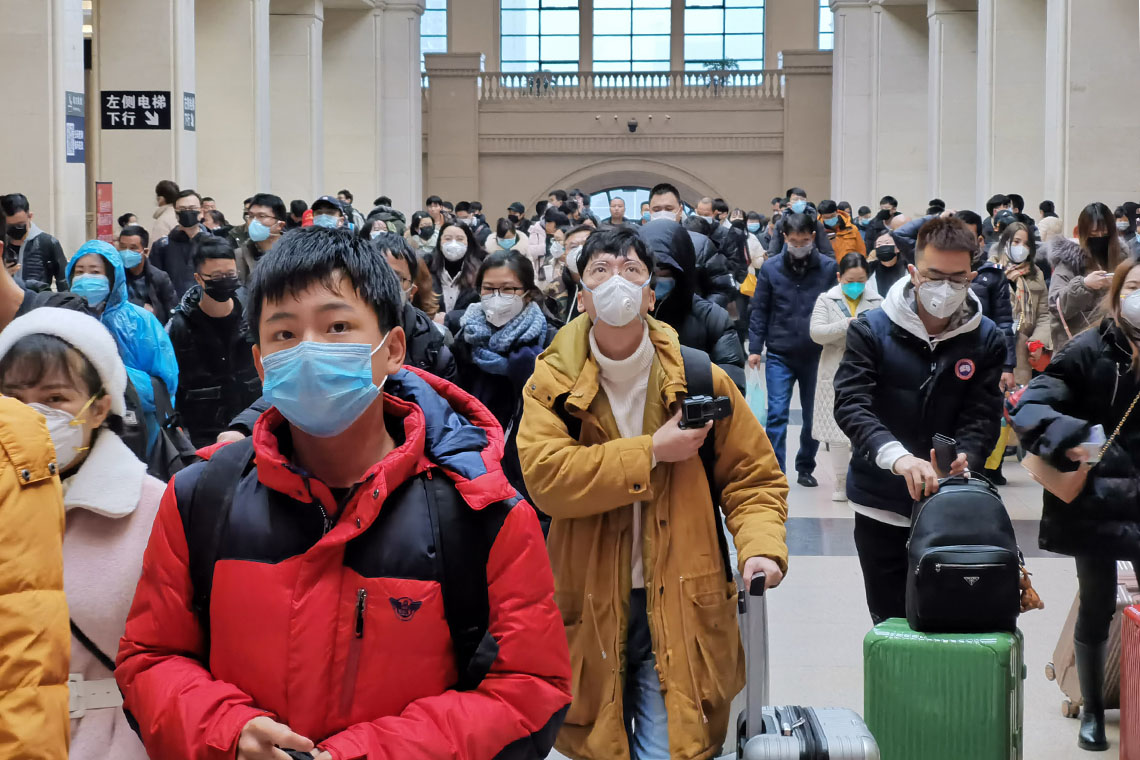BEIJING, China — China, where the Covid pandemic first took root in late 2019, is now bracing for an astonishing new surge.
According to respiratory disease specialist Zhong Nanshan, as many as 65 million cases per week per week could be recorded by the wave’s peak in late June. This startling prediction sharply contrasts the country’s previously rigid Covid control protocols, with public reaction now seemingly muted.
Six months ago, China dismantled its rigorous Covid infrastructure, lifting harsh lockdowns, mass testing, stringent quarantines, and strict mask requirements. Now, despite the resurgence of cases fueled by the latest omicron variant, XBB, both the government’s and the public’s responses are markedly understated.
“People feel differently about this wave,” commented Qi Zhang, a finance employee in Tianjin. “The last time, everyone was terrified, but now they don’t think it’s a big deal.”
The U.S., which experienced a peak of over 5 million cases weekly last January, halted weekly case updates this month, similarly to China, making the current extent of the outbreak difficult to ascertain. Matt Miller, a State Department spokesperson, shared that the U.S. is discussing China’s second Covid wave with allies and partners, but declined to comment on potential travel restrictions.
“We don’t want to see people anywhere, obviously, suffering from Covid-19,” said Miller, reiterating U.S. commitment to work with China on global health matters and maintaining open communication.
During the first omicron wave last winter, a different omicron variant was infecting millions daily, overwhelming hospitals and crematoriums nationwide. Store shelves were stripped of fever medications, and schools were shut down.
The chief epidemiologist at the Chinese Center for Disease Control and Prevention, Wu Zunyou, stated that about 80% of China’s 1.4 billion people were infected during that wave. However, the immunity gained might have waned, leading to increased reinfection risks.
According to Zhong, the government has granted preliminary approval to two vaccines targeting the XBB subvariants. Despite the looming surge, the change in government messaging has managed to keep public fears at bay.
Joey Wang, a student in Hebei province, shared that Covid symptoms seemed less severe this time. “No more media coming out trying to terrify the public, no more ‘fight the pandemic’ type of short videos to alert people, and no more hardcore measures like the lockdown,” he said.
The government’s restrained response is seen as an attempt to revive the economy and reassure foreign businesses, especially U.S. companies, that might react negatively to renewed restrictions. Michael Hart, president of the American Chamber of Commerce in China, stressed the importance of stability and clarity for businesses to effectively plan.
Zhang reflected on the dramatic shift in protocol, with colleagues who tested positive continuing to come to work. “When I look back to such strict Covid measures, it feels like a dream,” she said. “It makes me doubt if all those strict lockdowns were right if we ended up here anyway.”
As China prepares for this significant wave, it will be crucial to monitor its relaxed response’s effectiveness and impact on public health and economic stability.







